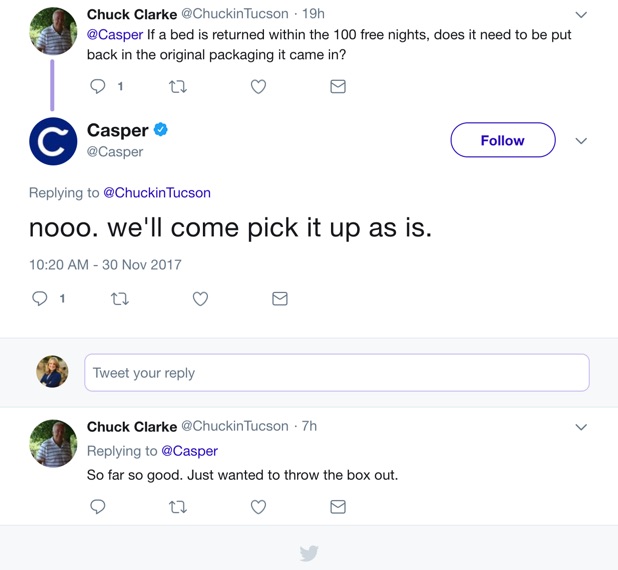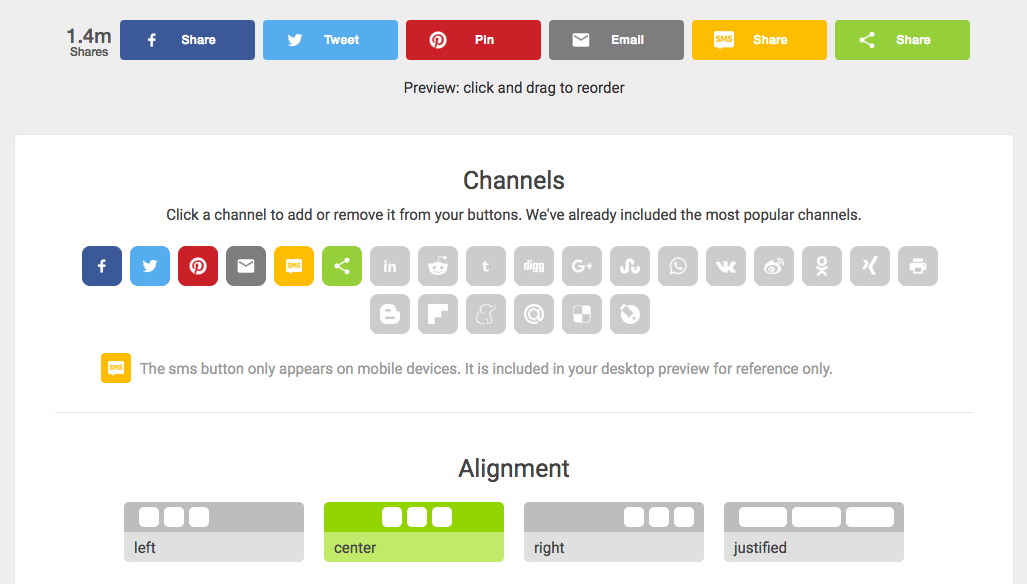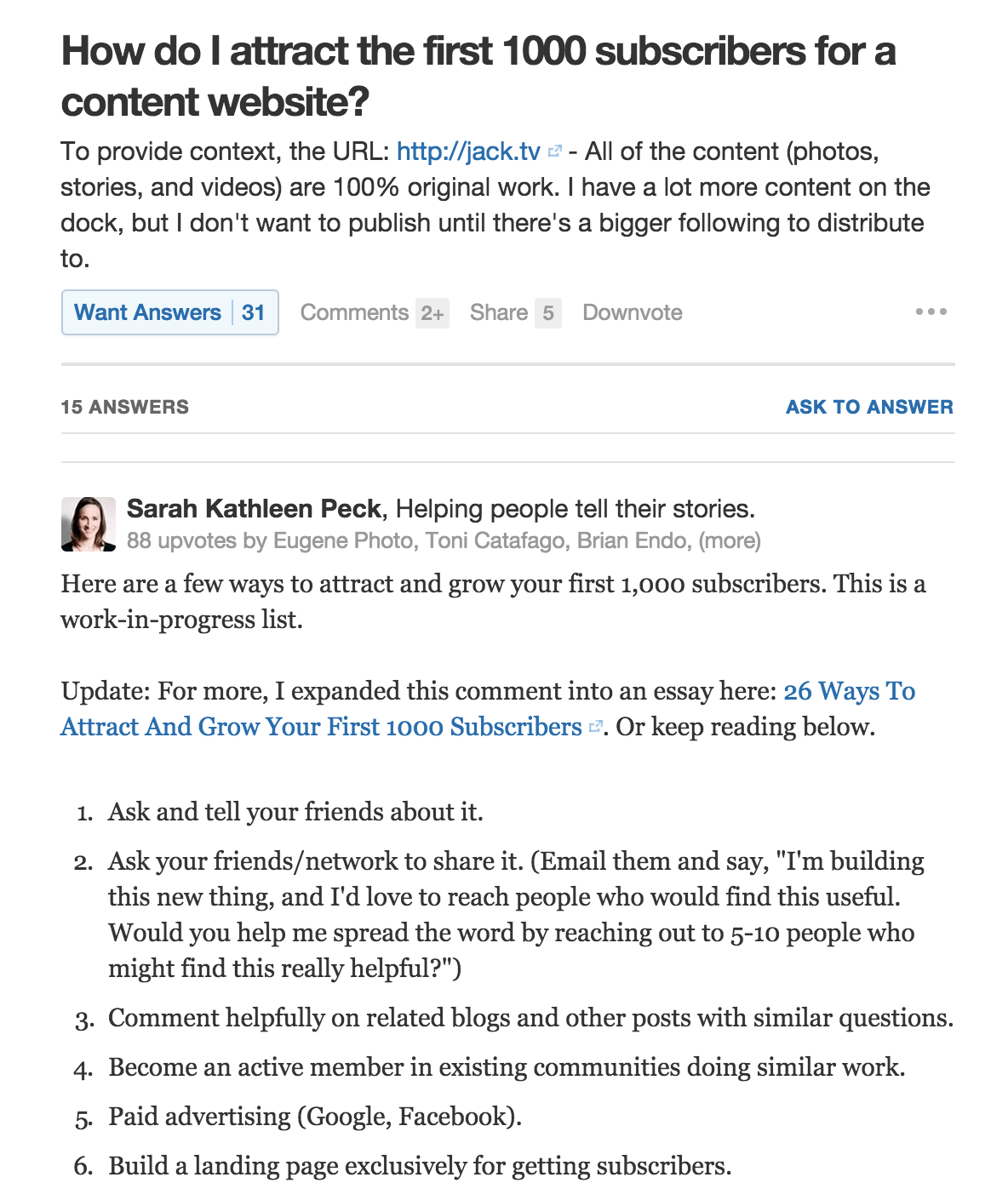“Wash. Condition. Rinse. Repeat.” Sound familiar? It’s a common morning routine. And we all know how things run when we settle into a comfortable routine: it feels like life is on autopilot.
Sometimes, that works. However, you might perform your routine so well that you forget to look for improvements. Perhaps your hair would look better without conditioner, but if you never stop to question your routine, you’ll keep going down the same path. You’ll be stagnant.
The same logic applies to your social media strategy. It’s easy to repeat the tactics that have worked well for you so far, generating a little bit of buzz and keeping you hooked into what’s happening on Twitter.
But are you just going through the motions without considering how you can use social media to improve conversion rates?
If you’ve been using the same social media strategies for ages and your impact has leveled off, it’s probably time to review your goals and make sure that your social media tactics are increasing conversion rates, building brand awareness, and bringing in new customers.
Here’s how.
1. Double Down on One (or Two) Channels That Work For You– And Share Videos
Let’s face it: Internet users are addicted to video, and that’s great for publishers and marketers.
On average, Facebook users devour 100 million hours of video every single day. About 82% of Twitter users watch video on that particular medium. Marketers are also seeing positive results with LinkedIn Video, which was introduced this past August to help users introduce themselves, explain their professional processes, or reach out to new people.
If you want to increase conversion rates on social media, double down on the channels that are already working for you. For example, if you see more engagement on Twitter than you do on LinkedIn, it’s a good idea to direct your efforts on Twitter.
After we saw higher engagement with Facebook videos, especially the one about the three essential WordPress plugins for websites, we narrowed our targeting to people that are interested in WordPress as a software and those who work in IT industry such as the web developers or freelancers. As the result, we’re able to reach more potential customers and generated immediate page likes and engagements, increasing the average daily registrations by 71%.
2. Use Thoughtful, Conversion-Oriented Social Sharing Buttons
Many publishers simply work hard to create content and trust that readers will figure out how to share their content. However, it’s easy for publishers to integrate compelling social sharing buttons onto their blogs– and these easy-to-click buttons help drive virality.
That’s why it’s crucial for publishers to optimize their social sharing buttons to drive more content engagement. But before we get into the tactics, let’s talk about what makes a good social sharing button in the first place:
- Clarity. Social sharing buttons should be both easy to spot and understand. Remember those “Try me!” toys in the toy store? Those are great examples of buttons with clarity. All you have to do to have fun is press the button. Don’t make users work to share your stuff.
- Non-interference. Social media buttons that interfere with the content tend to get on our nerves. Users will have no qualm sharing your content if they think it’s worthy of sharing — your job is to make it easy to share and the sharing button doesn’t get in the way of the content.
- Strategic placement. What do we mean by “strategic”? You should place your social media buttons just at the moment someone feels compelled to share your quality content. Don’t jump the gun or make users search for a long time for your buttons, only to finally give up.
Depending on your specific blog and its graphic style, you’ll likely want to choose between two types of social buttons: inline or sticky share buttons. The choice is ultimately a matter of your own strategy and preference, but here’s an overview of each type:
- Inline share buttons are arranged together, which makes them easy to sort and insert into your content without interfering. When you hear “inline,” think “inline roller skates”–where the wheels are arranged neatly together.
- Sticky share buttons are a little more interactive. For example, they can include a floating sidebar or a floating banner. As the user scrolls down, the buttons follow along, without getting in the way of the reading experience along the way.
Below, you’ll see examples: first, inline buttons arranged neatly together for a graphically-satisfying result. Second, a “floating sidebar” that makes its presence clear:

Your choice? Simple. Pick the style that suits your site the best.
3. Participate in Social Forum Sites and Add Value
When it comes to social forum sites, you’re looking at three main contenders: Reddit, Quora, and Inbound. Each of these sites is full of active communities that are chatting, sharing, and getting support.
If you participate on these sites, you’ll get more attention on your brand. Here’s a great example of a Quora answer that shot to the top because of the time and insight shared in the answer:
If you have read this Quora marketing guide, you’ll remember the site gives you exposure to 1.5 million monthly viewers so you stand a good chance of drawing more attention to your site. If even a fraction of those eyes want to check out more about you and what you do, the investment you’ve made in sharing value online will pay off.
4. Test the Life Out of Social Ads
Are you thinking like a data-driven marketer? If not, you should. You need to analyze data to figure out which platforms performs the best in driving brand awareness, engagement, and ultimately conversions.
A key component of data analysis is A/B testing. Perform A/B tests on your social ads to find out which version resonates more with your audience. On most of the social media platforms, you can invest a relatively small amount of money to gain insights that could generate huge returns. Facebook is big on promoting its own A/B testing platform, which means that most of the work is already done for you.
Not sure you want to spend any money on social A/B testing just yet? You can even use strategies to test your Facebook posts without putting a single penny down.
5. Consider Exactly How Your Audience Buys on Social Media
Given the variance in demographics of different social media platforms, it’s not surprising to see that some products sell better on one platform than another. Some sales processes are built for the platform. Others…well, they’ll take a while.
For example, an email service provider may not capture many direct sales from Twitter, but that doesn’t mean it can’t build brand awareness and long-term name recognition. On the other hand, when Kylie Jenner announces a new lip kit on social media, she can expect instant sales.
Posting my first Kylie Cosmetics YouTube video today!!! Jordyn and I are revealing my brand new lipkits for fall!
— Kylie Jenner (@KylieJenner) September 28, 2017
The bottom line? Understand the sales process of your audience and create a social media strategy tailored to the demographic of each platform.
6. Use Emotional Cues to Spruce Up Your Headlines
According to CoSchedule, there are three headline formats that perform particularly well. These can be used as headline for your blog posts, and can then be used on social media to increase conversions.
- How to {Do Something} That Will {Help You Experience Desired Result}
- {#} Ways to {Do Something} to {Produce Desired Result}
- What is the Best {Topic} That Will {Do Something Desirable}?
These headlines share a few things in common. First, they get to the point: there’s no doubt in what you can expect to get or learn when you read the post. Second, they take on the customer’s perspective — some of them even sound like keyphrases that customers and readers are entering as they search for your solutions.
When it comes to headlines, start from the customer’s perspective. Think about what will resonate most with them, and you’ll rarely go wrong.
7. Play Nice With Others
No one wants to follow a social media robot online. Follow this golden rule: be the kind of social media account you would want to follow. For example:
- Participate. Tag those you’ve quoted and mentioned when you share on social. You won’t only share insights with your audience, but you’ll earn some brownie points along the way.
- Curate content. Think of your social media like a blog. Promote the work of other companies if you think a link is something your audience might want to check out. Some people will follow you online just because you’re so good at finding interesting tidbits and links.
- Give, give, give. Infographics, statistics, insights, stories–if you can provide something that your followers will find valuable, make sure you share it. After all, social media is a two-way street: don’t just promote your company and forget to give valuable information to readers.
For example, toilet paper is the opposite of a sexy product, but Charmin’s Twitter account is so generous and engaging that social media users can’t help but interact. The brand replies to Tweets that come in, and runs campaigns, such as #Tweet4ATree to encourage participation.
.@emily_maggie We know you love sports so we hope this tree someday shades kids & families as they play. #Tweet4ATree pic.twitter.com/YTdeWMiRR6
— Charmin (@Charmin) October 27, 2017
8. Use Social Media as a Primary Support Channel
Did you know that in the last two years, customer service interactions on Twitter have increased 250%? That’s a lot of people asking for help on social media.
Today’s social media user expects your service to be timely and responsive, even in matters of customer support. Why not give them what they want? Send personalized and timely replies on social media, even if it’s simply to direct someone to the right customer support channel.
For example, Casper, an online retailer for mattresses, responds in a natural, friendly way to customers with questions. They don’t be belabor the interaction or make it tough on the customer– they simply give a friendly answer quickly and efficiently.

Take Advantage of Your Social Media
Let’s face it: you’re on social media anyway. If your old routine has gotten you nowhere, it might be time to incorporate the overlooked tactics that boost conversions and even sales. Let us know about any of your experiences with these tactics below!
About the Author: Paul Lentz is the SVP of Publisher & Business Operations at ShareThis, a technology company that provides free sharing and content optimization tools to help more than three million publishers grow their digital audiences. When not doing what he can to support the publishers, he’s taking a break from digital devices and experiencing nature through skiing, hiking, and running.
from The Kissmetrics Marketing Blog https://blog.kissmetrics.com/overlooked-social-media-tactics/



No comments:
Post a Comment